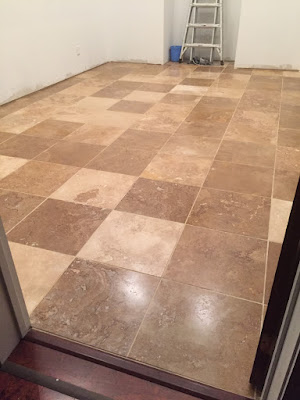(Brendan)
For the chapel interior we definitely wanted something timeless
and classically-based. The first thought was to hire a classical architect or
church architect but there's a couple disadvantages with that: 1) It's likely
to be outside of our budget, and 2) Even if designed by someone else, there
would be the task of translating that design to something that I could try to
make or hiring someone else to install ($$$$!). In the end, better to try to
design and construct it myself so that we save money, take our time, and if it
doesn't turn out OK I'll have no one to blame but myself :-)
One of the best
thing about Classical design is that there are so many resources online,
including detailed dimensioned drawings. Once I start with a style or order,
and I have the height of the wall I'm working with, everything else is related
to that height. Here's some of the specific drawings that helped me:
Next step, translate these details into
designs and dimensions for our chapel. This includes not just the final form of
everything, but each step on how it could be constructed. Here was a
spreadsheet I used to figure out how to construct the entablature:
Eventually I modeled everything in SketchUp. This helps avoid
major errors because I modeled every step I would need to do and had to solve
numerous problems that would have been awful to deal with in reality.
Anyway, here's
pics of the (mostly) final design! I will be tweaking a few things yet by the
altar, but everything else is final. You can click any of these to
enlarge.
Here is a front
view, with places noted for statues and a crucifix:
Here's a 3D modeled view. There will be
rope lighting up above all the way around.
A side view:
A view looking at the back:
A 3D closer view of the altar, which will be walnut. The altar
follows the highest Composite Order in design:
And a view looking up from the altar:
We will also have pendant lights (shown
white below) and a speaker system (purple rectangles below) in the rear of the
chapel:
The model above I actually needed during the structure construction so that the lights could be properly located in the ceiling, we could properly locate all the outlets up above for the rope lighting, and locate the speaker wire in the rear wall for the speakers.
Next post I'll show the interior construction
progress up to today.







































